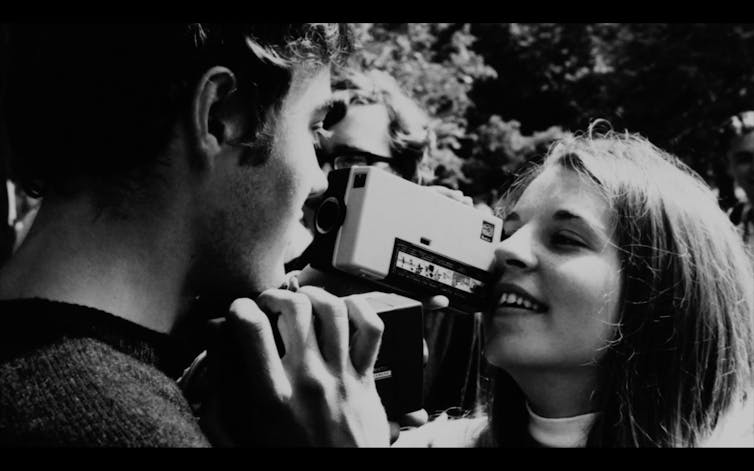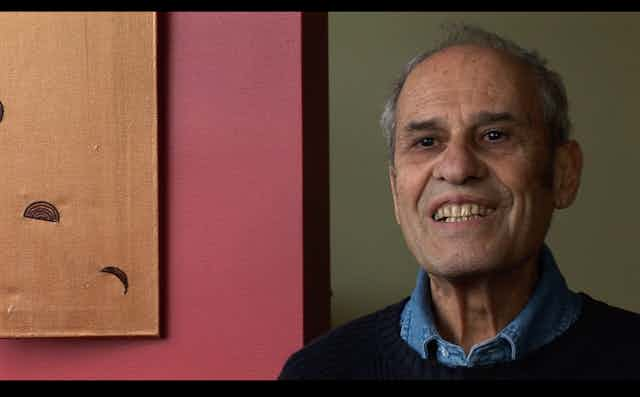Mort Ransen, who recently died at the age of 88, was an important Canadian filmmaker. Sadly, his death has received little news coverage — evidence of a vast gap between the creative sector in Canada and the Canadian media and public.
We celebrate a small number of successful writers, filmmakers, theatre practitioners, artists and dancers in the country, but consign the vast majority of committed creative people in many areas, practices and disciplines to the margins of society.
It is part and parcel of the intense regionalization of the country, the lack of knowledge of the extraordinarily important work going on in many disciplines in Québec and the isolation of the Maritimes and the West from the mainstream in Ontario. We don’t distribute our national institutions, but instead centralize them in Ottawa with a few exceptions.
The axis of Montréal, Toronto and Ottawa has the vast majority of creative practitioners in the country. There is no unified national model driven by the recognition that we live and breathe culture everyday. There are very few cross-cultural national projects that engage Canadians in thinking about their cultural priorities.
Cinéma vérité masterpiece
Ransen, who was from Montréal, lived the latter part of his life on Saltspring Island in British Columbia. His most important film, Christopher’s Movie Matinee, is a masterpiece of cinéma vérité, a precursor to many films that copied its informal style and real-life look and feel. The cameraman who worked with Ransen, Martin Duckworth, is one of the most important cinematographers in the history of Canadian film.
Frederick Wiseman, the other master of this style of cinema, made his mark with a film entitled High School in the same year (1968) as Christopher’s Movie Matinee was released. Both men owe a debt to Pierre Perrault, Gilles Groulx and Michel Brault at the National Film Board, whose work in the 1950s established Canada as a leader in documentary cinema worldwide.
I first met Ransen in 1968 when I was a teaching assistant for a large film class at McGill University. Ransen was, at that stage, really interested in putting the tools of creativity into the hands of young people. It was natural for him to address that issue in the class because he believed in democracy, in making the tools of creativity available for everyone and in giving voice to those who were excluded from the film sector.
A life of filmmaking
Ransen was a gentle, loving soul, a man devoted to the cinema and to a life of filmmaking. He made a short documentary entitled Falling From Ladders in 1969 in collaboration with the Swedish Film Institute that documents and explains our culture’s obsession with data.
The NFB noted that “simply by putting about 20 Swedish men, women and young people in front of his camera and having them read aloud from the Statistical Year Book, filmmaker Mort Ransen has recorded a wide range of impressions of Sweden’s economic and social existence. Quotations vary from the whole gamut of exports and imports, marriages formed or dissolved, to the number of people who fall from ladders annually.” The film is not available on the NFB site, which is a real shame.
Ransen described his career in Making Movie History, a short, beautiful film that shows how creative Ransen was. During the film, Ransen mentions Arthur Lipsett, who also worked at NFB. Lipsett’s film, Very Nice, Very Nice, is a true masterpiece and influenced Ransen and many other filmmakers for decades to come.
During this same period of 1955-69, similar explosions of experimentation in the cinema were happening in Toronto and Vancouver.

Take One, an early film magazine, started in 1966 in Montréal. Joyce Wieland began making some of the most important films of the decade. The experimental filmmaker David Rimmer’s Migration influenced filmmakers across the country. The same can be said for Gary Lee-Nova, whose film Steel Mushrooms is well worth watching. Kathleen Shannon began to discuss the founding of Studio D at the NFB during this time. Kathleen Shannon: On Film, Feminism & Other Dreams is a portrait of her extraordinary contribution to the growth and development of Canadian feminist cinema.
Ransen worked in a setting of tumultuous change during which an entirely new cinematographic language was being created. Canada was in the lead during the 1950s and 1960s in developing the cultural foundations for a national cinema. Ransen’s death highlights how much work there is left to do, how important the cinema has been to our cultural history and how crucial it is to inform a new generation of our heritage.

